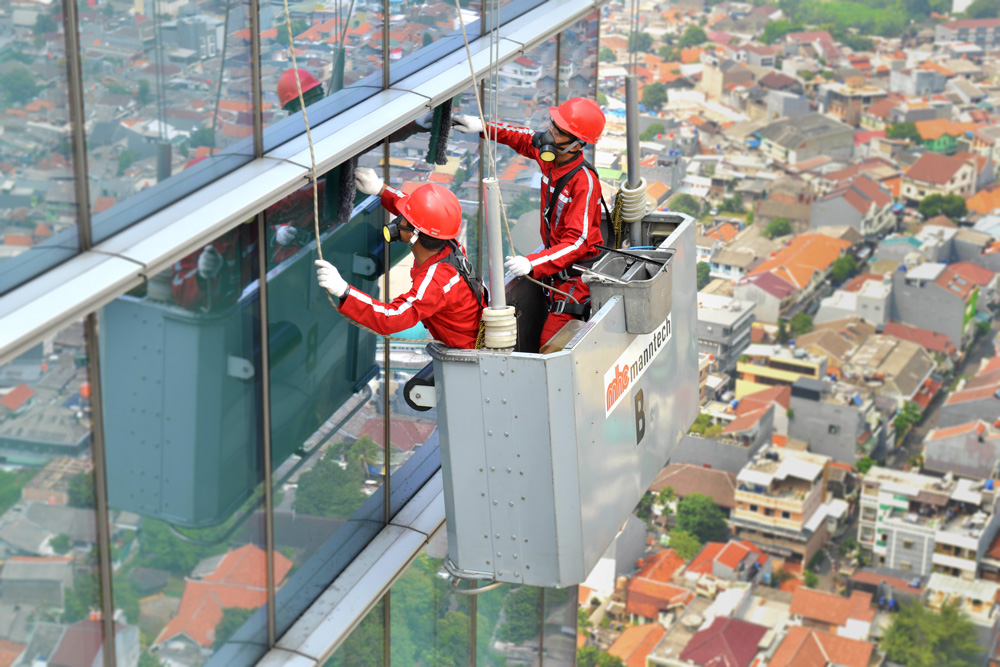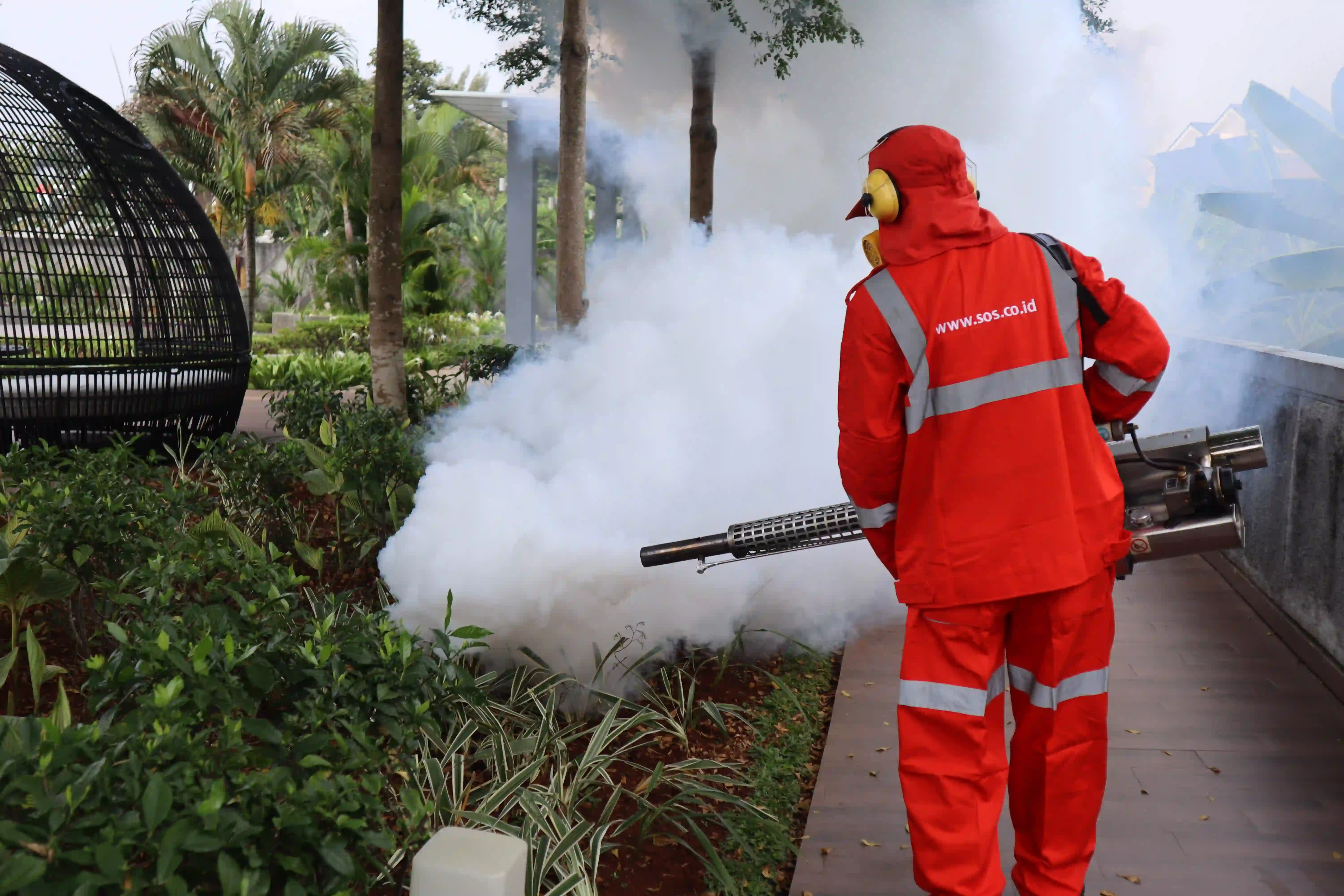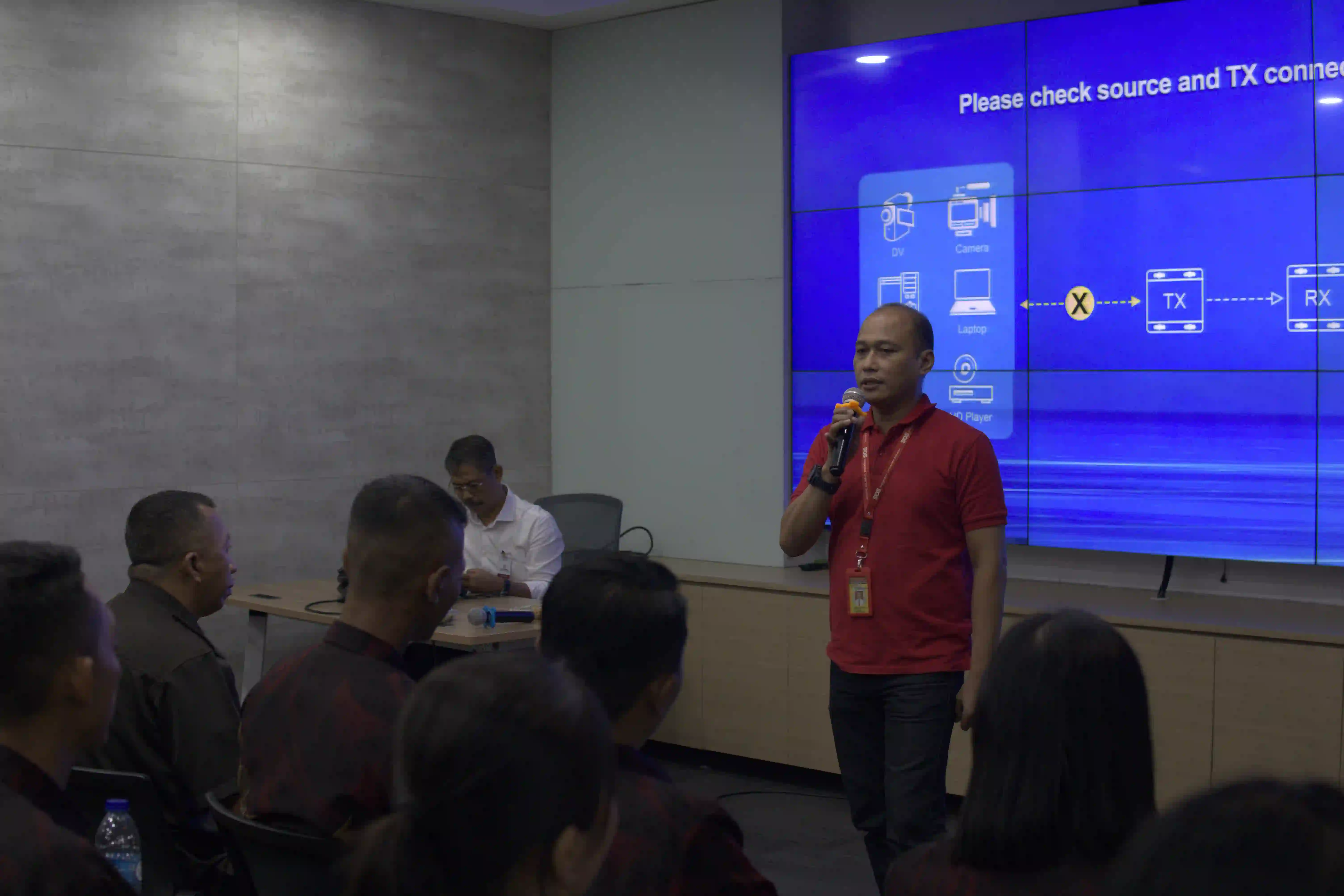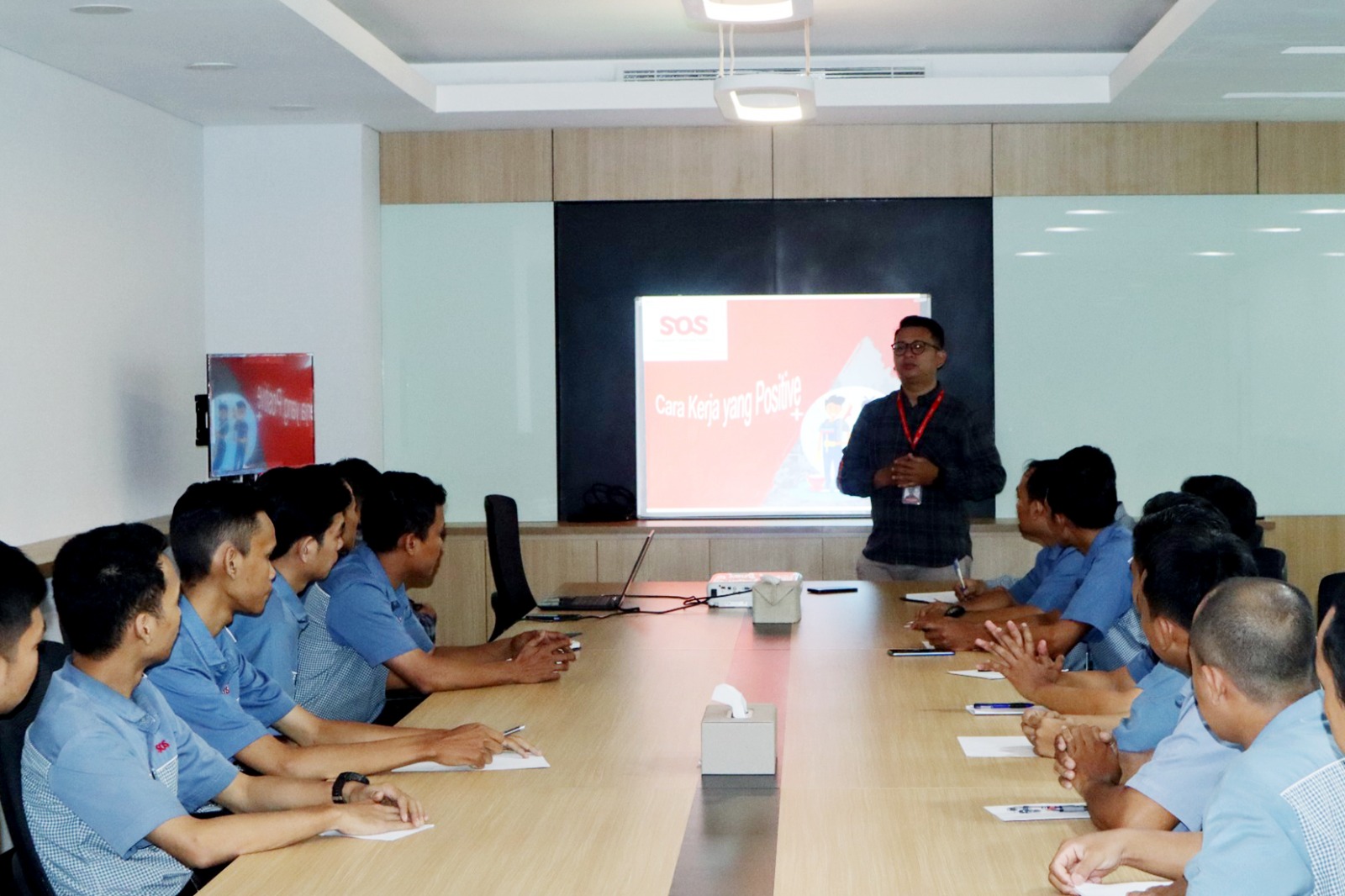6 Pest Control Skills to Maintain a Pest-Free Environment

Team Shield On Service
Editorial
26 March 2025

Pests can pose a serious threat to the cleanliness and health of your environment. Without proper handling, insects, rodents, or other pests can multiply rapidly and cause various risks. This is why pest control skills are crucial to implementing effective control methods. Whether for homes or businesses, these skills will help create a healthier and more comfortable environment.
What skills are needed to control pests effectively? Find the answers in the following discussion.
What is Pest Control?
Pest control is the effort to manage and prevent pests such as insects, rodents, and termites that can damage property and spread diseases. With effective and sustainable methods, the risk of pest development can be minimized, creating a healthier and safer environment both at home and in the workplace.
Read Also : 7 Benefits of a Positive Work Environment for Employees
Essential Pest Control Skills
To effectively control pests, the right skills are needed to ensure optimal control processes without causing negative impacts on the environment. A professional in the pest control field must have a thorough understanding of pests, control methods, and applicable safety standards. Here are the key skills that must be possessed:
1. Pest Identification
Recognizing the types of pests and understanding their characteristics is the most important skill. Every pest has a unique life pattern, eating habits, and preferred environment. For example, termites tend to attack wooden materials, while rodents are more active in open areas searching for food. With good identification skills, control strategies can be tailored to be more effective and targeted.
2. Understanding Control Methods
Pest control can be performed using various methods, such as chemical, biological, and mechanical techniques. Chemical methods use pesticides to eliminate pests directly, Meanwhile Biological methods involve utilizing natural predators or microorganisms to reduce pest populations.
Meanwhile, the mechanical method involves installing traps or physical barriers to prevent pests from entering specific areas. Understanding the advantages and disadvantages of each method is crucial to ensure that pest control is carried out safely and efficiently.
3. Proper Use of Tools and Materials
A pest control professional must be able to use various tools and materials correctly. Using pesticides, traps, and modern technologies such as ultrasonic devices or fogging machines must be conducted according to the correct procedures. Additionally, choosing safe and environmentally friendly chemicals is crucial to reducing negative impacts on humans and surrounding ecosystems.
4. Risk Analysis
The growth of pest populations can pose various risks to both health and property. For example, cockroaches and rats can spread dangerous diseases, while termites can cause structural damage to buildings.
Therefore, the ability to analyze the potential impact of a particular type of pest is essential to ensure that control measures are carried out quickly and accurately before the damage becomes more severe.
5. Safety and Regulation Compliance
Safety standards in using chemicals should always be a top priority in every pest control action. Excessive or improper pesticide use can endanger humans and pets.
Furthermore, understanding pest control regulations for both household and industrial scales is vital to ensure that the control processes comply with applicable regulations and do not cause harmful environmental impacts.
6. Long-Term Pest Prevention
In addition to eliminating pests, preventive measures are also an essential part of pest control. Preventive strategies can include maintaining environmental cleanliness, repairing building structures, and installing protective systems such as anti-rodent wire or sealing entry gaps. By implementing preventive measures, the risk of pests returning can be minimized, keeping the environment clean and healthy over the long term.
Read Also : 7 Office Cleaning Service Tasks for Maximum Cleanliness
Steps to Conduct Effective Pest Control
Whether at home or in the office, pest control must be carried out effectively since pests can cause discomfort, health risks, and property damage. Therefore, it is essential to perform pest control correctly to keep the environment clean, safe, and pest-free. Here are the steps that can be applied to control pests:
1. Conducting Initial Inspection
Perform an inspection to identify the types of pests present and their entry points. At home or in the office, pests are often found in damp areas, hidden corners, or food storage places. By conducting a thorough inspection, you can determine the most suitable control strategy.
2. Choosing the Right Control Method
After identification, the next step is to choose the appropriate control method. Pesticide use may be necessary if the pest population is large, but for prevention, natural methods such as using pest-repellent plants or mechanical traps can be safer alternatives. In office environments, fogging methods can be applied to cover larger areas.
3. Safe Use of Tools and Materials
In pest control, the use of tools and materials must be done correctly to avoid health risks. When using pesticides, make sure to follow usage instructions and avoid direct contact with skin or food. Additionally, traps should be strategically placed to be effective without disrupting activities at home or in the office.
4. Clean and Seal Pest Sources
Pests often come because of food sources or hiding places. Therefore, an important step in pest control is maintaining a clean environment. Store food in closed containers, regularly dispose of trash, and repair cracks or gaps that could become pest entry points. By maintaining cleanliness, the risk of pest population growth can be prevented.
5. Monitoring and Long-Term Prevention
After pest control is carried out, the final step is monitoring and long-term prevention. Routine inspections are needed to ensure no signs of new pest attacks.
In office settings, this can be done by collaborating with professional pest control services for periodic maintenance. At home, habits such as tightly covering leftover food and maintaining good air circulation can help prevent pests from reappearing.
Conducting pest control properly and systematically is essential to keep both homes and offices clean, safe, and pest-free. From initial inspection, selecting the right control methods, to implementing long-term preventive measures, each step plays a crucial role in addressing and preventing pest infestations.
By maintaining cleanliness, using tools and materials safely, and performing regular monitoring, you can minimize the risk of pests appearing in the future. If necessary, collaborating with professional pest control services can also be an effective solution for optimal protection.
Read Also : 7 Benefits of Outsourcing for Businesses
Protect Your Home and Office from Pests with Professional Services from SOS
Want to ensure your home and workplace stay clean and pest-free? SOS offers professional pest control services and comprehensive cleaning solutions to create a hygienic and comfortable environment.
With a team of experts and eco-friendly methods, we help maintain cleanliness while supporting sustainability. Entrust your Cleaning Service needs to us for optimal results.
Contact SOS and create a healthy and pest-free environment today!



